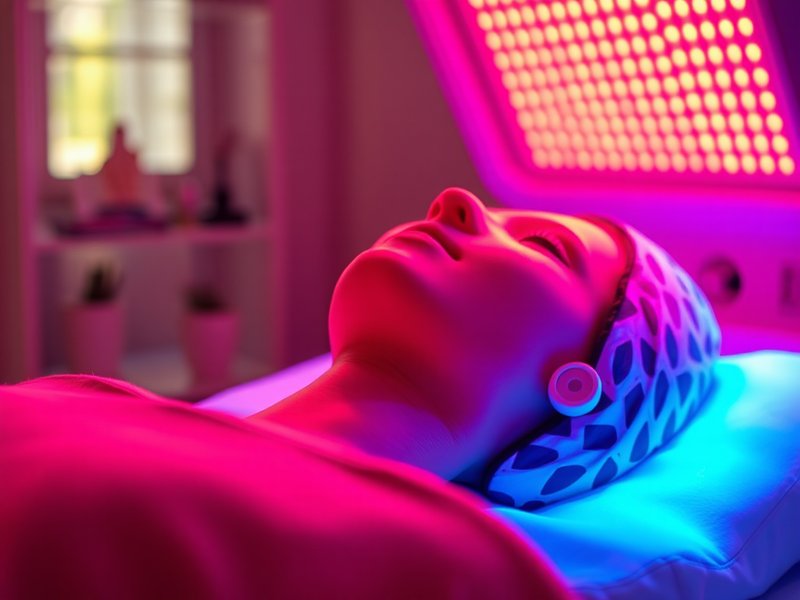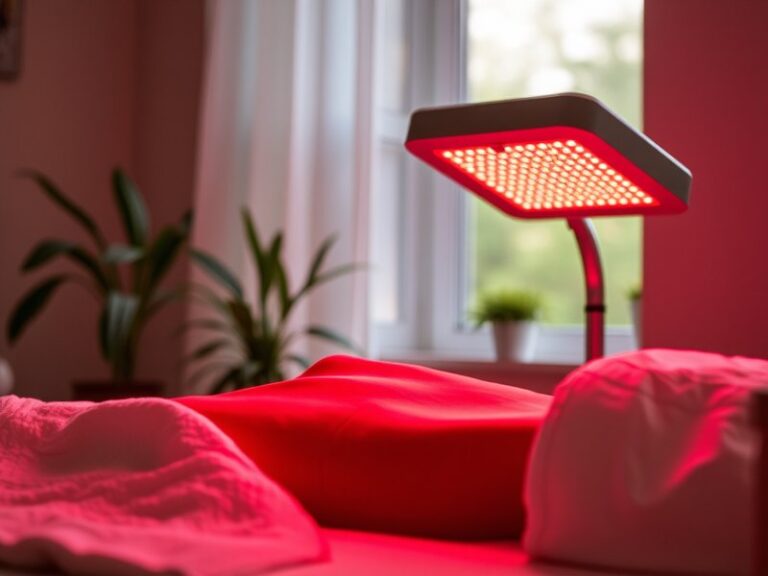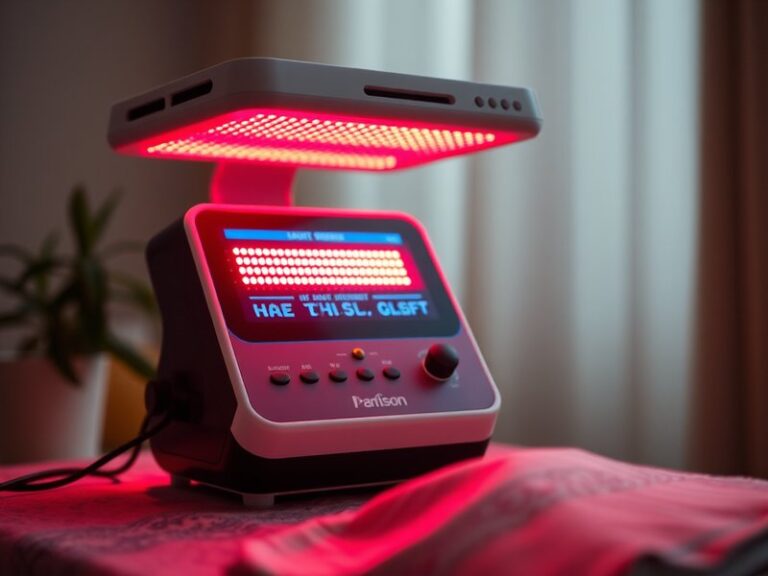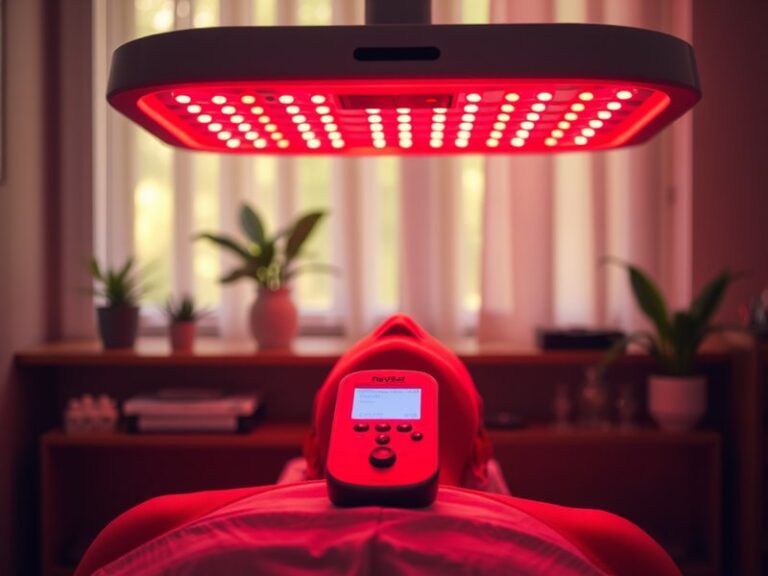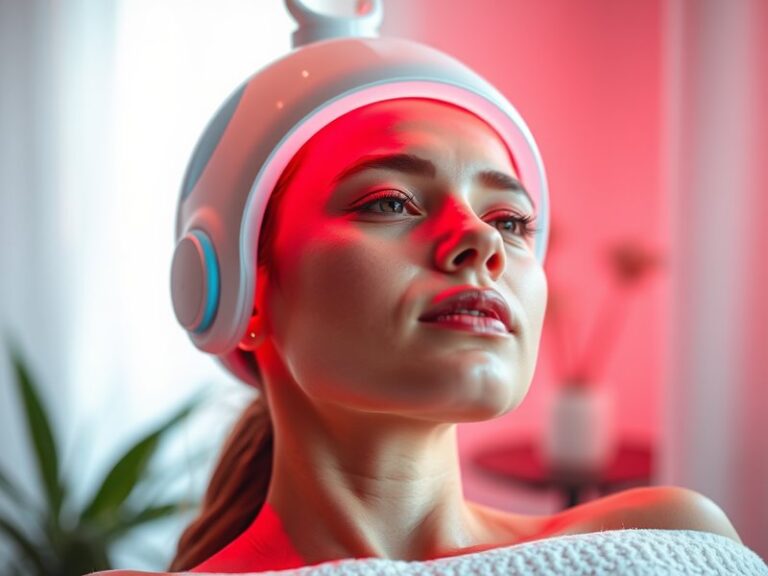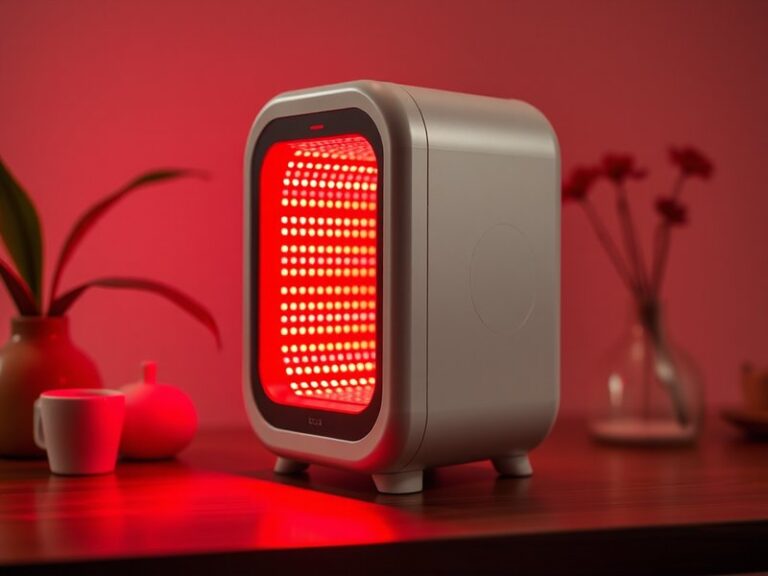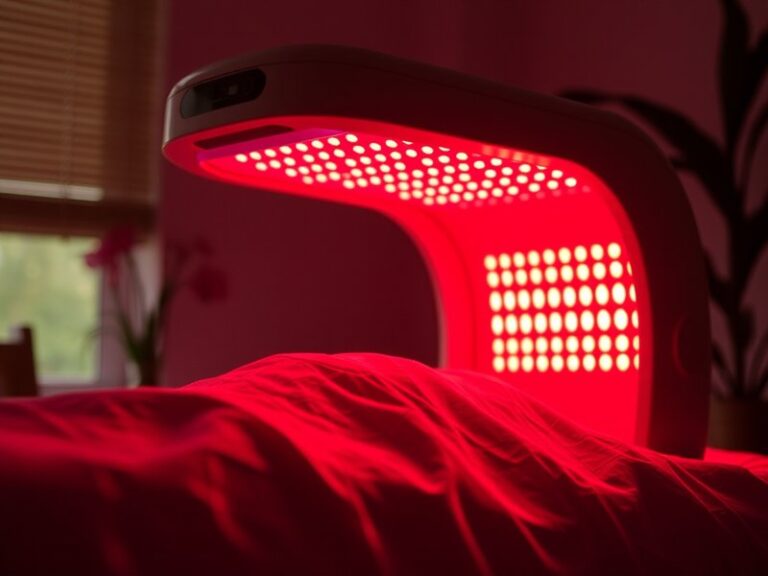How Often To Red Light Therapy?
How Often To Red Light Therapy?
Have you ever wondered how often you should undergo red light therapy to achieve optimal results?
This article will provide insights into the frequency of red light therapy treatments, exploring its benefits, ideal usage, and factors to consider before starting or maintaining a regimen. By the end, you’ll have a clearer understanding of how to incorporate this innovative treatment into your wellness routine.
Key Takeaways
- Red light therapy is generally recommended for 2-3 sessions per week for effective results.
- The longevity of benefits may increase with consistent treatment over time.
- Individual factors such as skin type and health goals play a significant role in determining frequency.
What is Red Light Therapy?
Red light therapy (RLT) is a non-invasive treatment that uses low-wavelength light to stimulate cellular function and promote healing. Often referred to as low-level laser therapy (LLLT), RLT penetrates the skin and influences various biological processes such as inflammation reduction, tissue repair, and increased collagen production.
The therapy is characterized by its use of specific wavelengths of light, typically in the red and near-infrared spectrum, which can penetrate the skin without causing damage. This technology is increasingly popular for applications ranging from skincare to pain relief, making it a versatile tool in both clinical and home settings.
What are the Benefits of Red Light Therapy?
Red light therapy offers numerous scientifically backed benefits that can enhance physical and emotional well-being. Here are some key advantages:
Enhanced Skin Health
Research indicates that RLT can improve skin texture, reduce wrinkles, and restore a youthful glow by stimulating collagen and elastin production. Many users report visible improvements in fine lines and skin tone within a few weeks of regular sessions.
Pain Relief and Reduced Inflammation
Numerous studies suggest that red light therapy is effective in reducing inflammation and alleviating chronic pain conditions, such as arthritis and muscle strains. By enhancing circulation and promoting healing, RLT can offer significant relief for many individuals.
Improved Wound Healing
RLT accelerates tissue repair and promotes faster healing of wounds and injuries. This has made it a valuable tool for athletes or anyone seeking to recover from physical exertion or surgery.
Enhanced Muscle Recovery
Athletes often use RLT to optimize recovery after workouts. By enhancing blood flow and reducing muscle fatigue, RLT allows for quicker recovery times and improved performance.
Mood Enhancement
Emerging research suggests that RLT may contribute to improved mood and alleviate symptoms of depression by encouraging the release of endorphins and serotonin.
Is it Possible to Overdo Red Light Therapy?
Yes, it is possible to overdo red light therapy, which can lead to diminishing returns or even adverse effects such as skin irritation or fatigue. While RLT is generally considered safe, it’s essential to adhere to recommended guidelines for optimal benefits.
What are the Advantages of Limitations in Red Light Therapy?
Limiting the frequency of sessions can help maximize therapeutic effects while minimizing potential side effects. Sticking to a consistent schedule ensures that the body has time to respond to the treatment, amplifying its restorative effects over time.
What are the Disadvantages of Overdoing Red Light Therapy?
Overexposure may lead to skin sensitivity or irritation. Some individuals may also experience increased fatigue if they undergo too many sessions in a short time frame, as the body requires rest to process the therapy’s effects.
Discover the full analysis Does Red Light Therapy Heat?
What are the Things to Consider Before Starting Red Light Therapy?
Before beginning red light therapy, a few considerations may enhance your overall experience and outcomes.
Skin Type and Sensitivity
Evaluate your skin type and previous sensitivity to light therapies, as these factors can influence how often you should engage in RLT. Consulting with a dermatologist can provide personalized recommendations.
Health Conditions
Certain medical conditions, such as photosensitivity disorders, may affect your suitability for red light therapy. Always consult a healthcare professional if you have any underlying health concerns.
Treatment Goals
Define your treatment goals clearly. Whether aiming for enhanced skin health, pain relief, or improved athletic recovery, knowing your objectives can help determine the appropriate frequency and duration for sessions.
What are the Alternatives to Red Light Therapy?
If red light therapy doesn’t seem like a suitable option for you, there are several alternative therapies available.
Infrared Saunas
Infrared saunas can provide similar benefits to red light therapy, including relaxation, improved circulation, and skin rejuvenation through the use of infrared heat.
LED Light Masks
Home-use LED light masks can offer targeted phototherapy, featuring red light alongside other colors aimed at different skin concerns. They are easy to use and provide a convenient alternative.
Cryotherapy
Cryotherapy utilizes extreme cold to stimulate recovery and enhance circulation, serving as an alternative option for pain relief and inflammation reduction.
Conclusion: Is it Recommended to Use Red Light Therapy?
In conclusion, red light therapy can be a highly beneficial treatment for various health concerns when used correctly. Adhering to recommended frequencies of 2-3 times per week can maximize its efficacy and minimize any potential drawbacks. Always consider individual circumstances before beginning therapy, and prioritize safety to enjoy the full advantages of this innovative treatment.
Frequently Asked Questions
How long should each red light therapy session last?
Typically, sessions last between 10 to 30 minutes, depending on the device and treatment area. Consult your device’s instructions or a professional for personalized recommendations.
Can I use red light therapy every day?
While some people may benefit from daily sessions, it’s generally advisable to limit exposure to 2-3 times per week to allow your body adequate recovery time.
Are there any side effects of red light therapy?
Red light therapy is generally safe with minimal side effects, though some individuals may experience mild skin irritation or fatigue. Always monitor your body’s response and adjust frequency as needed.
Can red light therapy help with acne?
Yes, red light therapy may help reduce acne by lowering inflammation and encouraging healing of the skin. Combining RLT with other acne treatments can also enhance effectiveness.
Is it safe to use red light therapy at home?
Home devices are safe to use as long as they adhere to manufacturer guidelines. It’s best to start slowly to assess how your skin responds, and consider consulting a healthcare professional if unsure.
See our post on Can You Overuse Red Light Therapy?
